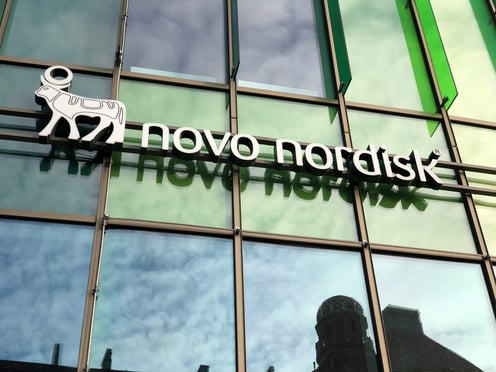Plan sponsors are usually diligent in designing a solid benefits plan and sometimes even a thorough communication strategy for their benefits. But as many brokers and their clients have seen during and even after the recession, good plan design and standard communication just isn't enough anymore.
|Benefits planning is one of those things that we often only see from one angle. When we look from another, we see more of the picture or even a different part of it that we couldn't see before. The view we're missing usually reveals a more effective and strategic benefits plan–one that saves sponsors money in the long-run, increases participation and improves employee culture.
|Let's imagine two of your clients, Company A and Company B. Company B has incorporated benefits planning and they are better off than Company A. Here's what I mean:
| Company A | Company B | |
| Benefits Planning Program includes: | |
| |
|
| Today: | |
| |
|
| 5 years from now | |
| |
|
Wouldn't your clients prefer to be Company B? Stay tuned next month for how you can help them create a Benefits Planning Program that makes sure they are.
Complete your profile to continue reading and get FREE access to BenefitsPRO, part of your ALM digital membership.
Your access to unlimited BenefitsPRO content isn’t changing.
Once you are an ALM digital member, you’ll receive:
- Critical BenefitsPRO information including cutting edge post-reform success strategies, access to educational webcasts and videos, resources from industry leaders, and informative Newsletters.
- Exclusive discounts on ALM, BenefitsPRO magazine and BenefitsPRO.com events
- Access to other award-winning ALM websites including ThinkAdvisor.com and Law.com
Already have an account? Sign In
© 2024 ALM Global, LLC, All Rights Reserved. Request academic re-use from www.copyright.com. All other uses, submit a request to [email protected]. For more information visit Asset & Logo Licensing.








